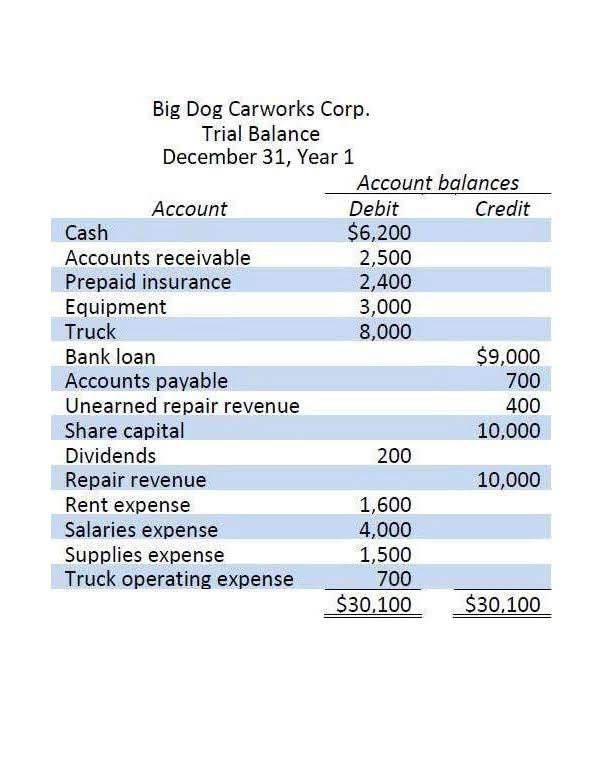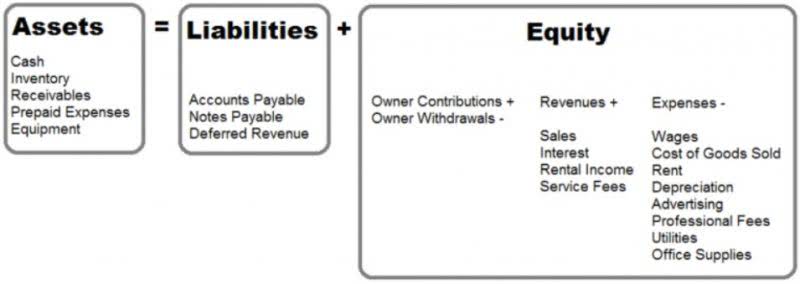
A higher TIE ratio suggests that a company is more capable of meeting its debt obligations, which is critical for lenders and investors concerned with a firm’s risk level. In general, it’s best to have a times interest earned ratio that demonstrates the company can earn multiple times its annual debt obligation. It’s often cited that a company should have a times interest earned ratio of at least 2.5. To get a better sense of cashflow, consider calculating the times interest earned ratio using EBITDA instead of EBIT. This variation more closely ties to actual cash received in a given period. Companies may use earnings to pay dividends to shareholders, or retain earnings to fund business operations.
Why is the TIE ratio important to creditors?

This ratio provides insight into the company’s ability to meet its debt obligations. A higher TIE ratio suggests that the company generates sufficient earnings to comfortably cover its interest expenses, indicating strong financial health and lower risk for creditors. Conversely, a lower TIE ratio may signal the times interest earned ratio provides an indication of potential difficulties in meeting interest payments, raising concerns about the company’s long-term viability. In summary, the Times Interest Earned (TIE) Ratio is a vital indicator of a company’s ability to meet its debt obligations, providing essential insights for investors, creditors, and management.
Understanding Times Interest Earned Ratio
If your business has a high TIE ratio, it can indicate that your business isn’t proactively pursuing investments. If you are reporting a loss, then your Times Interest Earned ratio will be negative. When you have a net loss, the Times Interest Earned ratio is certainly not the best ratio to concentrate on. They have contributed to top tier financial publications, such as Reuters, Axios, Ag Funder News, Bloomberg, Marketwatch, Yahoo! Finance, and many others. Go a level deeper with us and investigate the potential impacts of climate change on investments like your retirement account.

Contact Information for Professional Financial Advisors and Analysts
That’s because the interpretation of a good TIE ratio depends on the industry, company size, and specific circumstances and requires a nuanced analysis that takes into account various factors. It’s worth mentioning that the accuracy of financial data that a company uses to calculate their TIE ratio place a significant role in the correct assessment of their financial position and decision-making. At this point, it can be challenging for businesses, especially those having to deal with large volumes of transactions from various sources to account for them correctly.
- A high TIE ratio generally indicates strong financial health, while a low ratio can signal potential solvency issues.
- Each financial ratio offers unique insights that, when analyzed together, can inform decisions on creditworthiness and investment potential.
- This ratio determines whether you are in a position to pay the interest to the venture capitalists for fundraising with your retained earnings.
- It is a critical indicator of creditworthiness that investors and creditors scrutinize to understand a borrower’s financial stability.
- However, the company only generates $10 million in EBIT during 2022, and the business pays $4 million in interest expense.
The Times Interest Earned Ratio and What It Measures
As with most fixed expenses, if the company is unable to make the payments, it could go bankrupt, terminating operations. Let’s say ABC Company has https://www.bookstime.com/ $5 million in 2% debt outstanding and $5 million in common stock. The cost of capital for incurring more debt has an annual interest rate of 3%.

Definition of TIE Ratio
Because cash is not considered when calculating EBIT, there is the risk that the company is not actually generated enough cashflow to pay its debts. The times interest earned ratio measures a company’s ability to make interest payments on all debt obligations. If a business takes on additional debt after an increase in interest rates, the total annual interest expense will be higher.

- Since interest and debt service payments are usually made on a long-term basis, they are often treated as an ongoing, fixed expense.
- However, what constitutes a good TIE ratio can vary depending on the industry and the company’s specific circumstances.
- When a company considers different funding strategies, the TIE ratio provides valuable insights into its ability to pay interest expenses with its current income.
- The times interest earned (TIE) ratio is a solvency ratio that determines how well a company can pay the interest on its business debts.
- The EBITDA TIE ratio includes depreciation and amortization in the earnings figure, which provides a different perspective on a company’s operating performance and ability to service debt.
- To give you an example – businesses that sell utility products regularly make money as their customers want their product.

